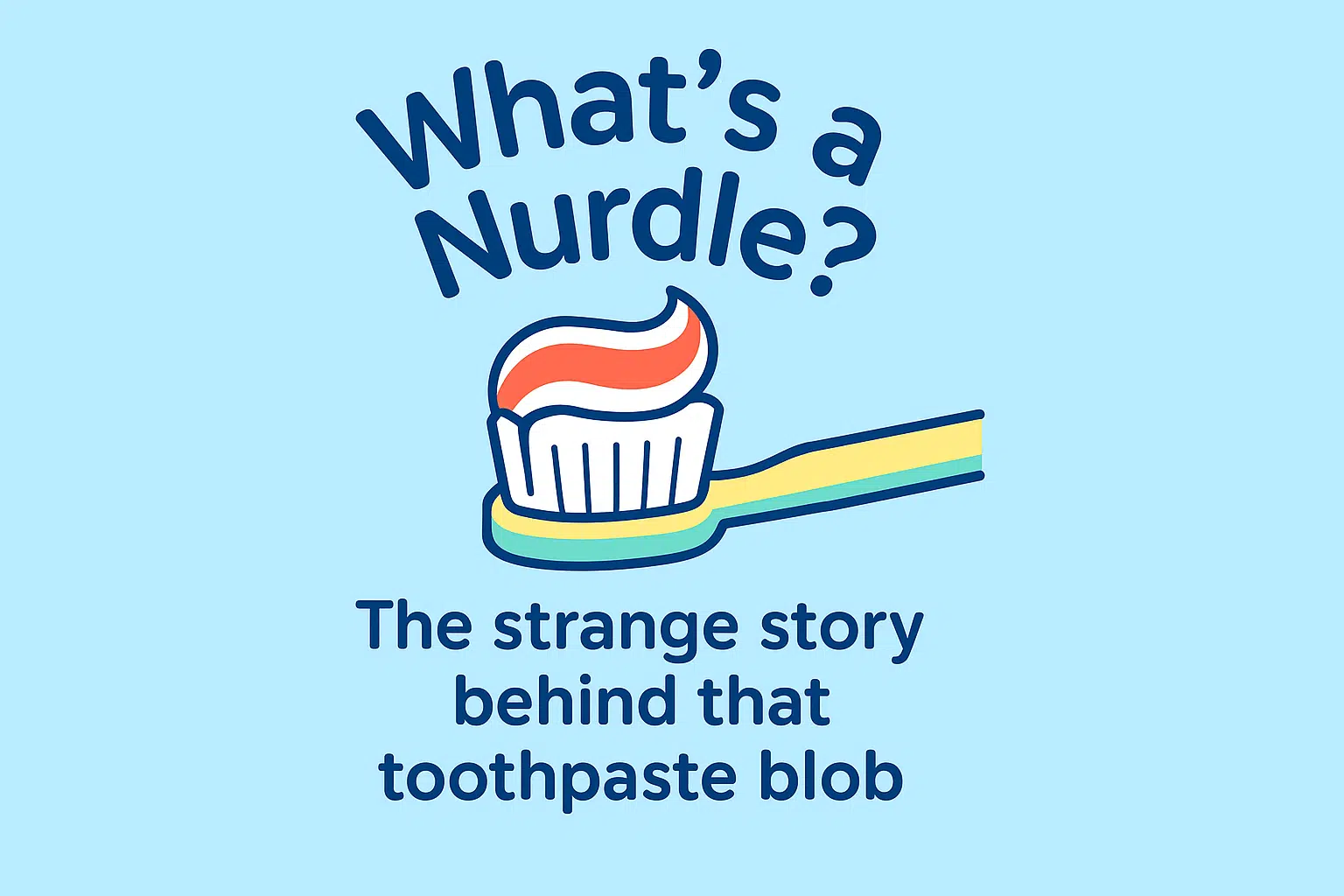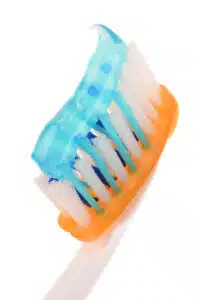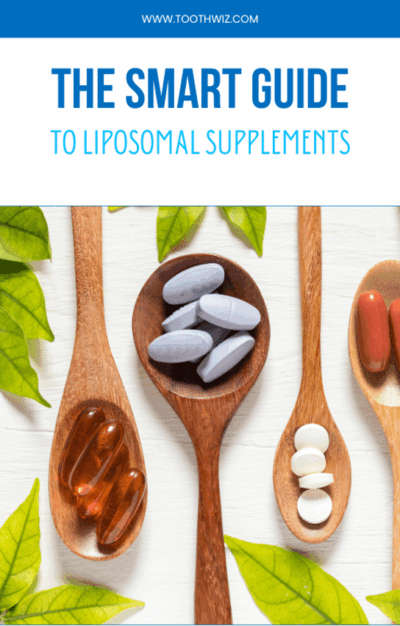Ever wondered what a nurdle is? It’s that wavy little blob of toothpaste you see perched on a toothbrush in ads—neat, swirled, and picture-perfect. You’ve used one. You’ve probably squeezed out more than one. But you may not know the strange story behind it.
It turns out the nurdle isn’t just toothpaste. It’s a tiny symbol of dental marketing—and the star of at least one legal dispute. Let’s break down the quirky history and odd facts about this foamy little swirl.
What Is a Nurdle?
A nurdle is the stylized swirl of toothpaste shown resting on a toothbrush. It’s not a medical term—it’s a marketing one. Toothpaste companies began using it in packaging and commercials to represent the ideal dose of daily care.
It’s clean-looking, symmetrical, and designed to say “this is how much you need”—even if it’s more than necessary. The nurdle became a visual shorthand for dental hygiene, even if it started as pure branding.
A Legal Battle Over a Toothpaste Blob
In 2010, Colgate and GlaxoSmithKline (makers of Aquafresh) found themselves in a trademark dispute over the use of a smiling face, a toothbrush, and—you guessed it—a nurdle. Each company claimed ownership of the design in their branding.
No one ended up owning the nurdle outright, but the case showed just how serious companies can get over dental design. Who knew a blob could be so controversial?
How Much Toothpaste Do You Actually Need?
Despite what commercials show, you only need a pea-sized amount of fluoride toothpaste to brush effectively. For kids under six, it should be even smaller—about the size of a grain of rice.
Using too much toothpaste can actually do more harm than good, especially for children. Overexposure to fluoride during development can lead to dental fluorosis, a condition that affects enamel appearance.
So the next time you’re tempted to copy that ad-perfect nurdle swirl, remember: less is more—for your teeth and your toothpaste tube.
Strange But True: Unexpected Toothpaste Trivia
- The word nurdle is also used in the plastics industry to describe tiny resin pellets. Totally unrelated—but fun to say!
- Toothpaste nurdles often include color stripes. These don’t represent flavor—they’re usually added to symbolize multiple benefits like whitening, freshness, and enamel protection.
- Perfectly shaped nurdles rarely happen by accident. What you see in ads is often sculpted, edited, or shaped with a nozzle for photo shoots.
Final Thoughts on This Weird Dental Detail
Now that you know what a nurdle is, you’ll never look at your toothbrush the same way again. It’s a blend of advertising creativity and oral health awareness—one little blob with a big story.
If you love oddball dental facts like this, explore our full archive of Weird Dental Facts. There’s always something new to smile about.





